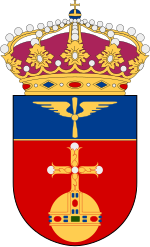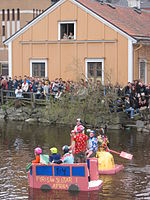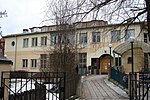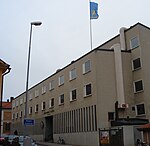Battle of Fýrisvellir

The Battle of Fýrisvellir was fought in the 980s on the plain called Fýrisvellir, where modern Uppsala is situated, between King Eric the Victorious and an invading force. According to Norse sagas, this force was led by his nephew Styrbjörn the Strong. Eric won the battle, and became known as "the Victorious".It is mentioned by Saxo Grammaticus in Gesta Danorum and in a number of medieval Icelandic sources, including Eyrbyggja saga, Knýtlinga saga, and Hervarar saga. An account is found in the Old Norse translation of Oddr Snorrason's lost Latin life of the Norwegian king Olaf Tryggvason, known as Odds saga munks, and a more detailed account in the short story Styrbjarnar þáttr Svíakappa, which is included in the saga of the Norwegian king Olaf II in Flateyjarbók; this version includes skaldic verses including two lausavísur by Þórvaldr Hjaltason. There are also possible references to the battle on runestones, three of which are in Scania. The factuality of the battle, and its location, have been disputed. There are however primary sources that support its historicity.
Excerpt from the Wikipedia article Battle of Fýrisvellir (License: CC BY-SA 3.0, Authors, Images).Battle of Fýrisvellir
Idrottsgatan, Uppsala Tuna backar
Geographical coordinates (GPS) Address Phone number Website Nearby Places Show on map
Geographical coordinates (GPS)
| Latitude | Longitude |
|---|---|
| N 59.871944444444 ° | E 17.614166666667 ° |
Address
Fyrishov Stugby & Camping
Idrottsgatan 2
753 33 Uppsala, Tuna backar
Sweden
Open on Google Maps











